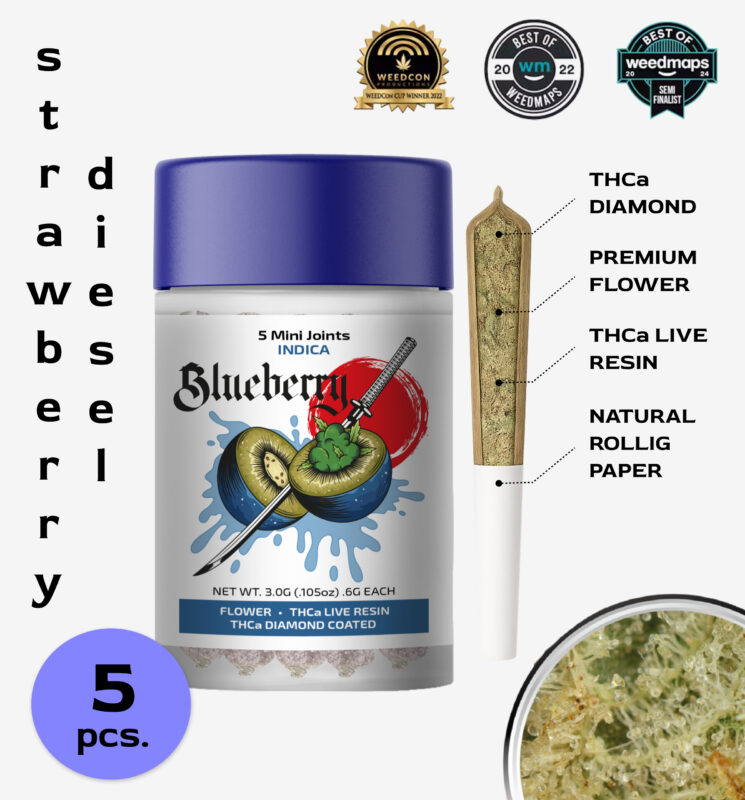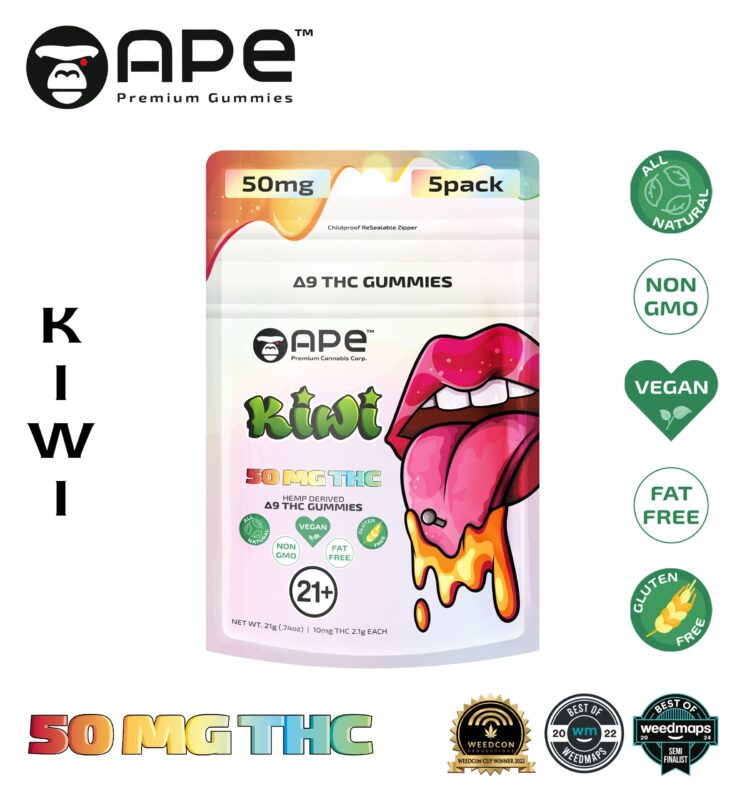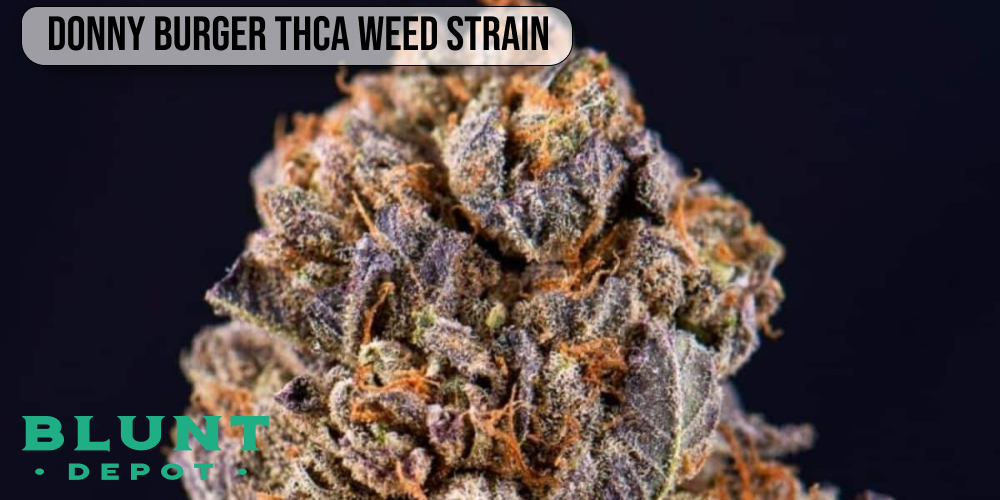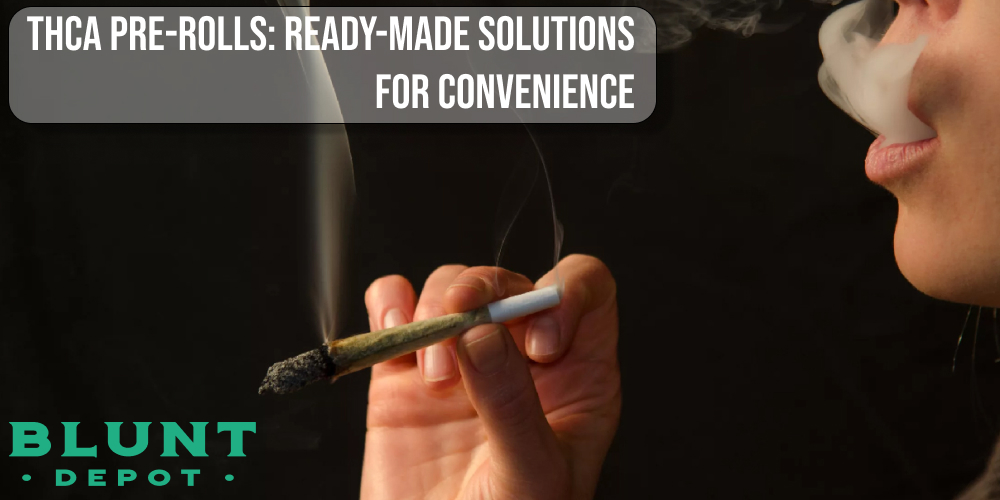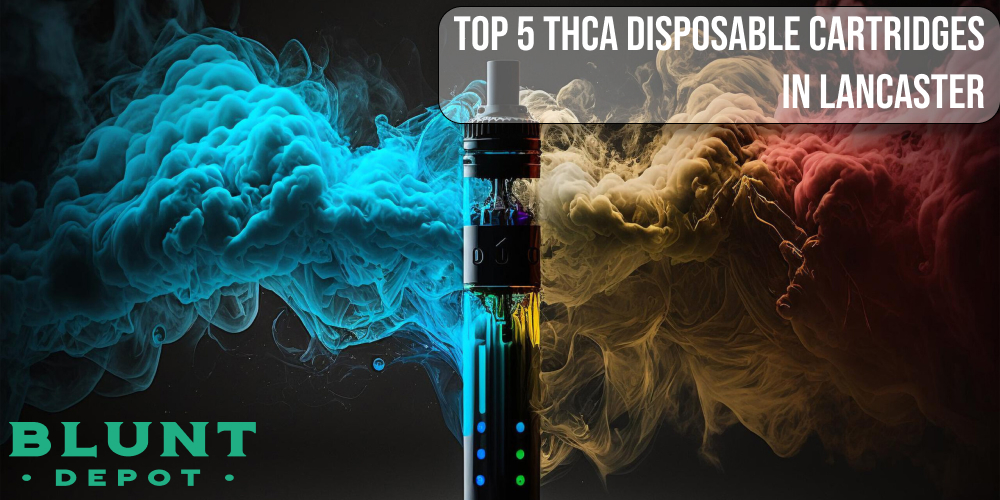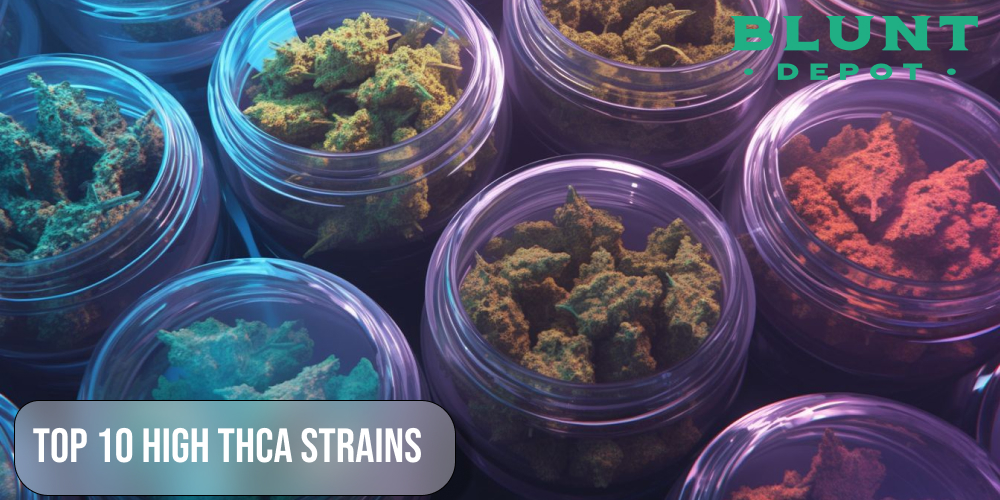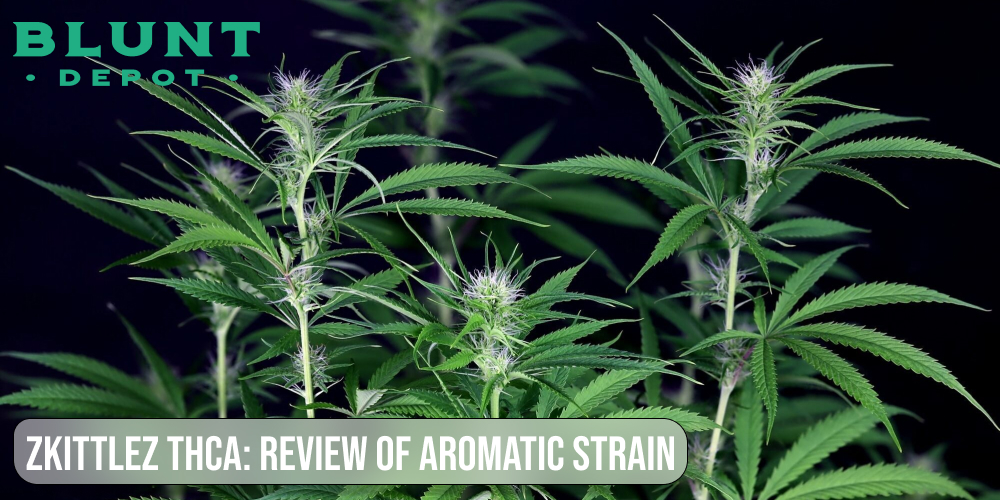Learn more about !
Can You Microdose THCA?
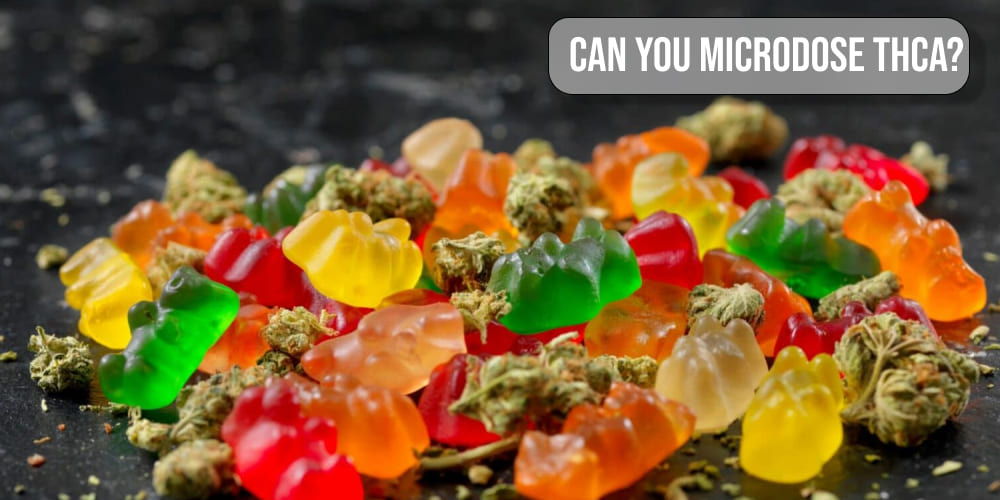
Can You Microdose THCA? Microdosing cannabinoids, particularly tetrahydrocannabinolic acid (THCA), is gaining traction as a subtle approach to wellness. Instead of chasing the pronounced psychoactive effects often associated with cannabis, microdosing aims to unlock nuanced yet significant therapeutic benefits while maintaining mental clarity and uninterrupted daily routines. THCA, as the non-psychoactive “parent” of THC, is of particular interest in this context, promising medicinal properties without any “high” or clouded cognition.
Understanding how small doses of cannabinoids work requires a dive into our body’s remarkable endocannabinoid system (ECS). The ECS acts as our internal conductor, orchestrating a symphony of vital processes from mood and sleep to appetite and pain perception. Cannabinoids, whether internal (endocannabinoids) or external (from cannabis), interact with ECS receptors, subtly fine-tuning its activity. Microdosing THCA, essentially, allows us to “tweak” this system, aiming for balance without overwhelming it.
- The optimal dose for microdosing THCA is unique to each individual, much like a fingerprint. It depends on metabolism, sensitivity, and desired effects.
- Begin with tiny quantities and gradually, steadily increase the dosage, paying close attention to your body’s signals when you microdose THCA.
- Consulting a healthcare professional is always a wise step, especially if you have chronic conditions or are taking other medications, to ensure safe THCA microdosing.
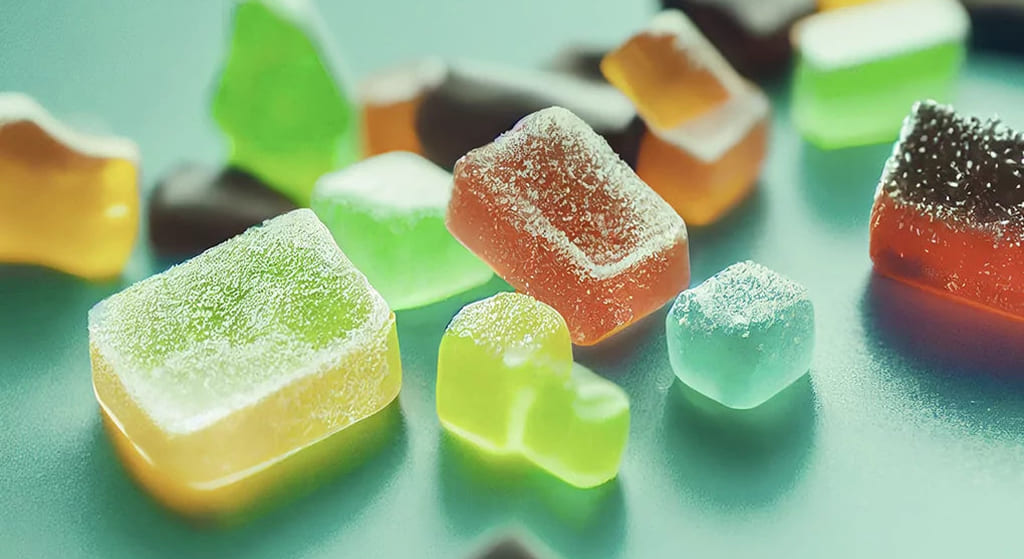
THCA: The Non-Psychoactive Potential
THCA is the raw form of THC, lying dormant within the fresh, unprocessed cannabis plant. Unlike THC, which awakens only after THCA is heated (a process called decarboxylation), THCA remains entirely non-psychoactive. This quality makes it incredibly appealing for those seeking the benefits of cannabinoids without altering their state of mind. Research hints that THCA may possess potent anti-inflammatory, neuroprotective, and even antiemetic properties, making it an excellent candidate for those looking to microdose THCA.
Thanks to its non-psychoactive status, THCA fits perfectly into the microdosing concept. Users can seamlessly integrate it into their daily regimen without worrying about compromised performance or altered perception. This opens up entirely new horizons for people who wish to use cannabis as a supplement to their health, but strictly avoid psychoactive effects. Think of it as a kind of “cannabis vitamin” – beneficial and supportive, but without the buzz, making it ideal to microdose THCA.
- Sources of THCA include fresh juices, smoothies, and extracts from raw cannabis.
- THCA absorption by the body can be enhanced when consumed with fats, as cannabinoids are fat-soluble.
- Proper storage of raw cannabis (in a cool, dark place) helps preserve its valuable THCA content for effective microdosing THCA.
How to Start Microdosing THCA
Embarking on microdosing THCA is straightforward but requires patience and attention to detail. Your first step is to choose the right product. This could be fresh cannabis juice, oils, or tinctures specifically formulated to preserve THCA. Ensure the product comes from high-quality raw material and that the label clearly states the cannabinoid content. Here, the rule of “trust, but verify” applies – after all, it’s about your well-being when you decide to microdose THCA.
Once you have your product, the exciting part begins: finding your individual dose. This is often referred to as a “trial and error” method, but with a scientific approach. Start with a minuscule dose, say 1-2 mg of THCA, and take it once or twice a day. Over several days, carefully observe your state: how has your well-being, mood, sleep, or pain level changed? If you don’t feel any effects, gradually increase the dose by 1-2 mg every few days until you achieve the desired outcome without any unwanted surprises. This careful approach is key to successful THCA microdosing.
- Keep a journal to track your dosages and all the changes in your well-being when you microdose THCA.
- Don’t rush to increase the dose; the goal is to find the lowest effective dose, not to overdo it.
- Pay attention to sleep quality, stress levels, and overall energy – these are excellent indicators of efficacy when you microdose THCA.
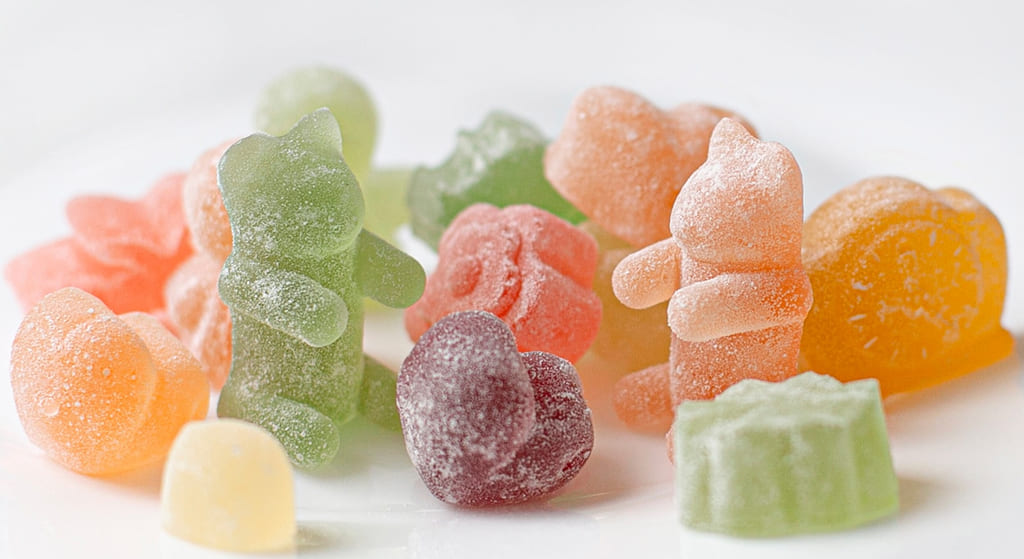
Finding Your “Ideal” Microdose THCA
Determining the “ideal” dose for microdosing THCA is more of an intuitive dance than an exact science, but there are guidelines to help you on this fascinating journey. Just as a perfect pair of shoes fits one person but not another, the optimal THCA microdose is entirely individual. Your goal is to find that sweet spot that provides you with the desired therapeutic benefits without affecting your consciousness or daily activities.
Continue to meticulously record your observations, noting not only positive changes but also any, even minor, potential side effects. Remember: microdosing doesn’t always manifest as immediate and obvious sensations. Sometimes it’s just a subtle improvement in overall well-being – more restful sleep, reduced irritability, or a gentle easing of background anxiety. It’s like an unseen yet effective helper quietly working behind the scenes to optimize your THCA microdosing experience.
- Be patient: it sometimes takes several weeks for the full effects of THCA microdosing to become apparent.
- Experiment with timing (morning, evening) to find the regimen that best suits your body and enhances your microdose THCA experience.
- Consider consulting an experienced professional who can provide personalized guidance and instruction on how to microdose THCA effectively.
Potential Benefits of Microdosing THCA
Microdosing THCA opens up a world of potential benefits that can significantly enhance quality of life, especially for those seeking natural ways to maintain health. One of the most discussed aspects is its potential anti-inflammatory action. Chronic inflammation is at the root of many ailments, and THCA’s ability to gently modulate inflammatory processes can be incredibly valuable. Imagine extinguishing small sparks of inflammation before they ignite into a full-blown fire, all thanks to your THCA microdosing regimen.
Beyond its anti-inflammatory properties, research hints at THCA’s possible neuroprotective activity, meaning its ability to shield brain cells from damage. This is particularly relevant in light of growing interest in preventing neurodegenerative diseases. Furthermore, many users report reduced anxiety levels and improved mood with regular THCA microdosing. Of course, it’s not a magic wand, but it can be a valuable tool in a holistic approach to mental well-being, making microdosing THCA a promising option.
- Reduction of overall inflammation in the body, which can be beneficial for conditions like arthritis, asthma, and other inflammatory diseases.
- Potential improvement in cognitive functions and protection of neurons from oxidative stress, preserving mental clarity through THCA microdosing.
- Gentle reduction of anxiety and improvement of overall emotional background, helping to achieve inner peace without sedation, a key benefit of microdosing THCA.

Combining with Other Wellness Practices for Microdose THCA
Microdosing THCA should not be viewed as an isolated method; rather, it’s part of a broader, holistic approach to wellness. Its effectiveness can be significantly amplified when combined with other healthy habits and practices. For example, regular physical activity, a balanced diet, adequate sleep, and effective stress management techniques like meditation or yoga create a synergistic effect, boosting your overall well-being. It’s like a well-orchestrated symphony where each instrument contributes, and together they create a beautiful harmony of health, making your THCA microdosing even more impactful.
Imagine laying a strong foundation for your health through nutrition and exercise, and then using THCA microdosing as an additional brick that strengthens the entire structure. Combining THCA with other cannabinoids like CBD (cannabidiol) can also enhance the therapeutic potential due to the so-called “entourage effect.” This is when various cannabis compounds work together to achieve a more pronounced and multifaceted effect than each one individually. It’s all about harmony in your microdose THCA strategy!
- Consider adding THCA to your morning smoothie or juice for easy and pleasant integration into your diet.
- Practice mindfulness and meditation to enhance neuroprotective effects and achieve inner harmony.
- Discuss your plans with your healthcare provider, especially if you are taking any medications, to avoid potential interactions when you microdose THCA.
What are the most powerful THCA strains 2025?
Does THCA work like regular THC?
Horchata Strain Review – Taste and Uses
Precautions and Potential Side Effects when You Microdose THCA
While THCA is generally very well tolerated and lacks psychoactive properties in its raw form, it’s important to remember that, like any substance, it can elicit individual responses. The most crucial rule is to avoid decarboxylating THCA, meaning don’t heat it, as this is what transforms it into psychoactive THC. If you’re seeking non-psychoactive benefits, steer clear of fire, smoke, and any other heat sources. Remember: caution is your best friend, and in the case of THCA, it’s the guarantee of a non-intoxicating experience when you microdose THCA.
Even with microdosing, mild side effects can occur, though they are extremely rare. These might include slight nausea, minor changes in appetite, or a feeling of fatigue. These effects most often arise if you accidentally exceed the recommended dosage or have increased individual sensitivity. Should any undesirable reactions occur, simply reduce the dose or temporarily discontinue THCA and be sure to consult a doctor. Your body is your primary compass, and it will always guide you on the right path for THCA microdosing.
- Always start with the lowest possible dose and increase it gradually, step by step, when you microdose THCA.
- Avoid heating products containing THCA to preserve their non-psychoactive nature.
- If you are pregnant, breastfeeding, or taking medications, always consult your doctor before beginning to microdose THCA.
Choosing Quality THCA Products for Microdosing
Selecting quality THCA products is the cornerstone of successful and safe microdosing. The cannabis market can be a labyrinth, so it’s vital to know what to look for. Seek out products that have undergone third-party lab testing, and ensure that the results of these tests (Certificates of Analysis or COAs) are readily available. This is your guarantee that the product contains the advertised amount of THCA and, just as importantly, is free from harmful contaminants such as pesticides, heavy metals, or residual solvents. Transparency here isn’t just good practice; it’s an absolute necessity for effective THCA microdosing.
Pay attention to the type of product: it could be raw juice, tinctures, capsules, or powders. Raw juice from fresh cannabis is one of the purest sources of THCA, but it has a limited shelf life. Tinctures and capsules often contain more stable forms of THCA and are generally more convenient to use. It’s also important to consider the source of the cannabis: preferably choose products derived from organically grown cannabis to minimize exposure to undesirable chemicals. Remember, an investment in quality is a direct investment in your own health when you microdose THCA.
- Always request laboratory test results (Certificates of Analysis or COAs) from the vendor – this is your “passport” to quality for your THCA microdosing.
- Research the brand’s reputation and read reviews from other consumers to ensure its reliability.
- Prioritize products made from organically grown cannabis to avoid exposure to harmful pesticides and chemicals when you microdose THCA.


